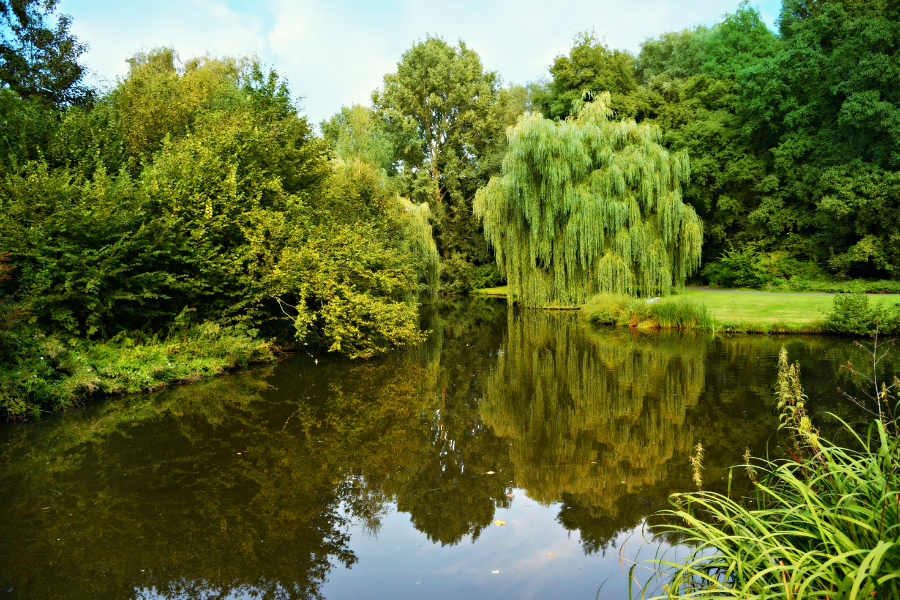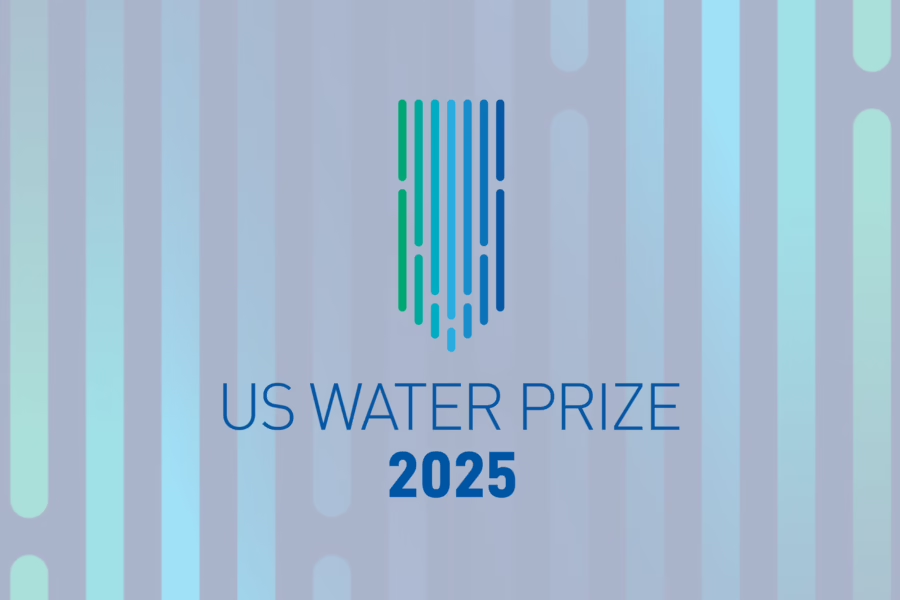The need for greater familiarity with green infrastructure as a tool to manage stormwater has never been greater in New Jersey. The increased frequency and severity of rainstorms in the state, and the flooding and polluted runoff they bring, are making comprehensive, innovative, 21st-century stormwater management strategies a necessity. And in December 2018, the New Jersey Department of Environmental Protection issued draft revisions to its rules for stormwater management. These updated rules move green infrastructure to the forefront by requiring its use as the preferred strategy for managing stormwater in new development and redevelopment projects. While the rules won’t be finalized until December 2019, smart municipalities are getting ready now.
Many municipal officials have only a passing understanding of how green infrastructure works, or what’s involved in implementing it. To address this information gap, New Jersey Future, a nonprofit focused on smart, sustainable land-use policy, and Jersey Water Works, a cross-sector collaborative working on upgrading the state’s aging and inadequate water infrastructure, have created two resources to help educate municipalities on how best to deploy green infrastructure as a stormwater management tool, and how to find the necessary financing.
The first resource is New Jersey Future’s Green Infrastructure Municipal Toolkit, a comprehensive, free online information center to help municipal officials, planning and zoning board members, and professionals such as municipal engineers and public works directors familiarize themselves with planning, implementing and maintaining green infrastructure installations. The toolkit includes technical information; advice from local officials who have already begun the process of implementing green infrastructure to manage stormwater; case studies; and sample ordinance and plan language, offering municipalities the opportunity to save the professional fees they would otherwise spend to develop these. It also includes information on funding sources to help pay for green infrastructure installations. It is geared toward municipalities just getting started with green infrastructure as well as those that have already begun using it and are seeking more in-depth expertise and guidance.
The second resource is the Applicant’s Guide to Obtaining Water Bank Funding for Green Infrastructure Projects, a online manual for municipalities that want to seek funding for green infrastructure initiatives from the state’s Water Bank. The Water Bank, part of the state’s Infrastructure Bank, is New Jersey’s State Revolving Fund, which offers low-interest loans, grants, and principal forgiveness to make capital investments in water infrastructure more affordable. The need for a guide for how to apply for this financing arose from conversations with Water Bank officials and potential applicants who both saw opportunities to improve the process for applicants with non-traditional projects such as green infrastructure. Jersey Water Works worked with leaders at the Infrastructure Bank to develop a resource to make the application process more straightforward and understandable.
During Infrastructure Week, New Jersey Future and Jersey Water Works sponsored two workshops to help municipalities take maximum advantage of both these tools. The first workshop, focused on the Green Infrastructure Municipal Toolkit, was led by representatives from New Jersey Future, local partner Pinelands Preservation Alliance, and consultants involved with developing the toolkit, and highlighted the economic and community benefits of using green infrastructure for stormwater management, especially in the face of a changing climate. Participants were shown how to think differently about stormwater management systems — “manage stormwater at the source; don’t pipe it off site” — and also encouraged to think about changes in process that can lead to better outcomes. For example, meeting early on with developers to discuss site design and community needs can result in a more resilient and appealing development and a more predictable approval process. As one local official observed, “Showing this stuff as a positive will help these projects move along.”

A participant in the Green Infrastructure Municipal Toolkit workshop reports out on his breakout group’s exercise on retrofitting a suburban site with green infrastructure.
The second workshop, sponsored jointly by New Jersey Future, Jersey Water Works, the New Jersey Water Bank and the New Jersey Department of Environmental Protection, was also directed at municipal officials, and walked them through the process of applying for funding from the Water Bank for green infrastructure projects. In encouraging applications for green infrastructure financing, Andy Kricun, the executive director and chief engineer at the Camden County Municipal Utilities Authority, said, “Clean water utilities have the opportunity, and the obligation, to be environmental champions in their communities.”

Andy Kricun, executive director and chief engineer at the Camden County, N.J., Municipal Utilities Authority, who was one of the presenters at the applicant’s guide workshop.
Both the Green Infrastructure Municipal Toolkit and the Applicant’s Guide to Obtaining Water Bank Funding for Green Infrastructure Projects are innovative tools that can serve as models for other states that want to help put green infrastructure at the center of their stormwater management efforts. And New Jersey’s efforts to educate key constituencies on how to make implementing green infrastructure easier should prove especially beneficial once the state’s updated stormwater rules are finalized.
Ed DiFiglia is the program manager for Jersey Water Works, a statewide, cross-sector collaborative working to transform New Jersey’s inadequate water infrastructure through sustainable, cost-effective solutions that provide communities with clean water and waterways; healthier, safer neighborhoods; local jobs; flood and climate resilience; and economic growth.


